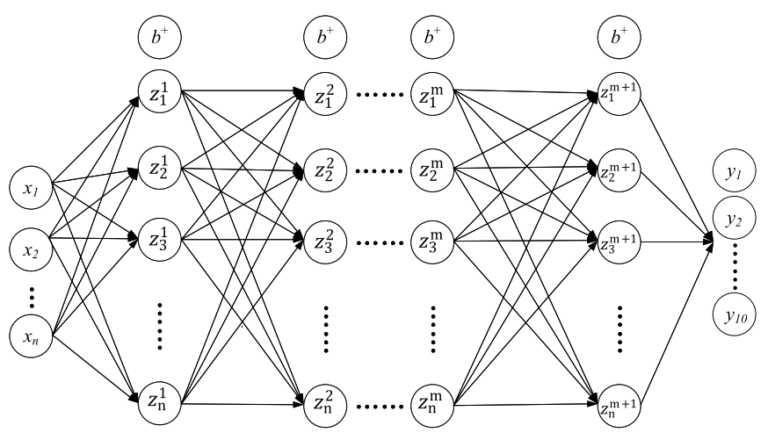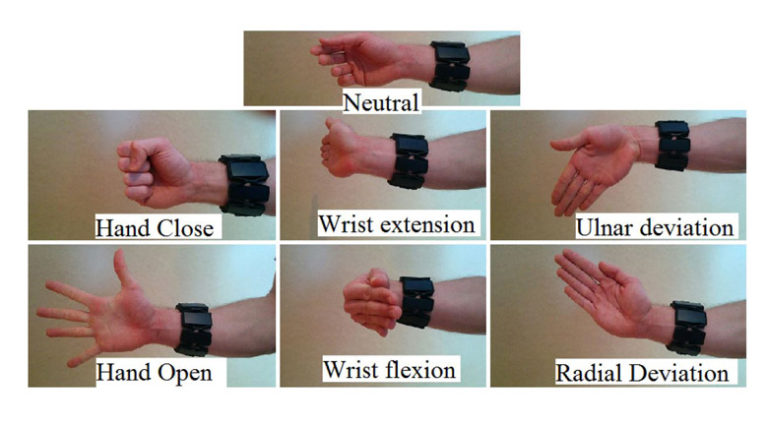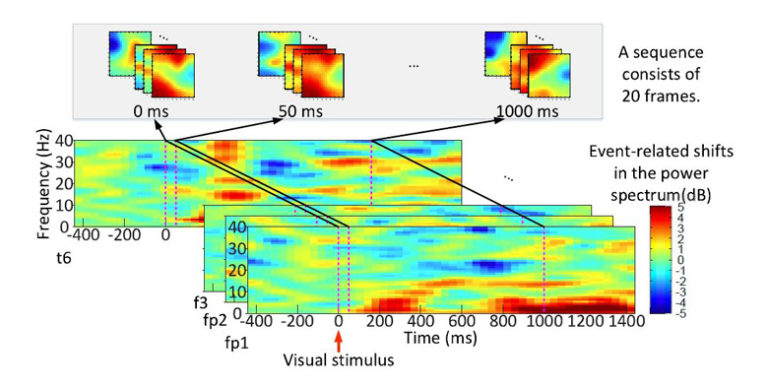Driver vigilance estimation is an important task for transportation safety. Wearable and portable brain-computer interface devices provide a powerful means for real-time monitoring of the vigilance level of drivers to…
read moreDeep-Learning-Based Emergency Stop Prediction for Robotic Lower-Limb Rehabilitation Training Systems
Robotic lower-limb rehabilitation training is a better alternative for the physical training efforts of a therapist due to advantages, such as intensive repetitive motions, economical therapy, and quantitative assessment of…
read moreAtaxic gait monitoring and assessment of neurological disorders belong to important multidisciplinary areas that are supported by digital signal processing methods and machine learning tools. This paper presents the possibility…
read moreUnderstanding and classifying electromyogram (EMG) signals is of significance for dexterous prosthetic hand control, sign languages, grasp recognition, human-machine interaction, etc.. The existing research of EMG-based hand gesture classification faces…
read moreIn recent years, deep learning algorithms have become increasingly more prominent for their unparalleled ability to automatically learn discriminant features from large amounts of data. However, within the field…
read moreMental workload assessment is essential for maintaining human health and preventing accidents. Most research on this issue is limited to a single task. However, cross-task assessment is indispensable for…
read more





